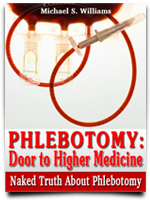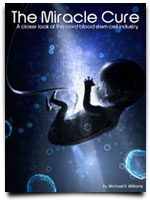Steve Grant is a NYC native who is also the executive president and co-founder of Cord Blood Registry (CBR) in San Bruno, California. He and his wife, Wendy, have four children and all their cord are stored in the bank.
“This is a once-in-a-lifetime opportunity to provide for instances that nobody can predict,” he said. “It’s like having a safe-deposit box.”
This statement has been agreed by CBR’s spokeswoman – Kathy Engle. Engle knows the hardships of storing over 375,000 samples of cord blood. The responsibility is big, she admits, and the expectations are high. As the largest facility in the world, the company wishes to convince more moms to trust them in the preservation of their newborn’s cord blood.
CBR is fully-aware that banking cord blood is expensive. There’s a one-time fee of $2,665 for storage and its annual storage fee cost $250. The first few months will be the adjustment period and the hardest. However, one can realize the real benefits of storing when one has learned that stem cells in cord blood is a good replacement for bone marrow in a transplant. The stem cells cure life-threatening diseases like cancers, diabetes and cerebral palsy.





Cord Blood Banking Facebook
Blood Donation Twitter